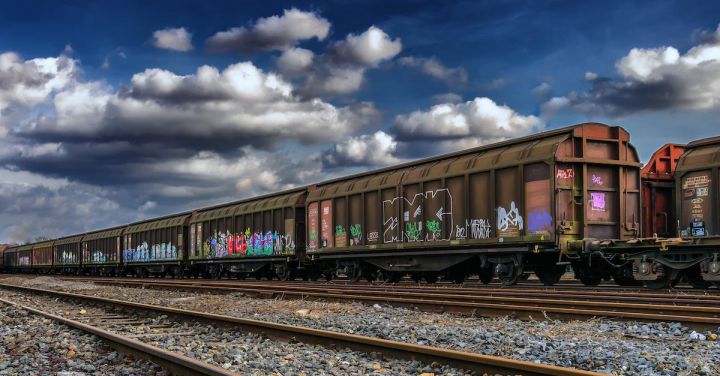The Transcontinental Railroad stands as one of the most remarkable engineering feats in American history. Spanning over 1,900 miles, it connected the east and west coasts of the United States, forever changing the landscape of transportation and communication. This epic tale is one of perseverance, ambition, and the indomitable spirit of the American people.
In the mid-19th century, the idea of a transcontinental railroad began to take shape. The prospect of connecting the Atlantic and Pacific Oceans was seen as a catalyst for economic growth and national unity. However, the challenges were immense. The vastness of the American landscape, rugged terrain, and the sheer scale of the project seemed insurmountable.
Despite these obstacles, the dream of a transcontinental railroad captured the imagination of many. The federal government stepped in, providing land grants and financial incentives to companies willing to undertake the monumental task. Two companies, the Central Pacific and Union Pacific, were chosen to build the railroad from the west and east respectively.
Work on the railroad began in 1863, with thousands of workers toiling tirelessly under harsh conditions. The Central Pacific faced the daunting challenge of laying tracks through the treacherous Sierra Nevada Mountains, while the Union Pacific had to navigate the Great Plains and the formidable Rocky Mountains.
As the tracks were laid, the two companies engaged in a race to see who could cover the most ground. This competition, known as the “Great Race,” spurred on the workers and pushed them to their limits. The arduous labor, coupled with extreme weather conditions and constant danger, made the construction of the transcontinental railroad a true test of human endurance.
The workers faced numerous perils along the way. They braved harsh winters, scorching summers, and frequent attacks by Native American tribes who saw their way of life threatened by the encroachment of the railroad. The construction of tunnels, bridges, and trestles required meticulous planning and engineering prowess.
Despite the challenges, progress was made, and the two railroads steadily pushed closer towards each other. Finally, on May 10, 1869, the golden spike was driven into the ground at Promontory Summit, Utah, marking the completion of the transcontinental railroad. The event was celebrated with great fanfare, as telegraph messages were sent across the country, signaling the birth of a new era of connectivity.
The impact of the transcontinental railroad was immediate and far-reaching. It revolutionized transportation, allowing goods and people to travel across the country in a fraction of the time. The railroad opened up new opportunities for settlement and trade, fueling the growth of towns and cities along its route. It also facilitated the expansion of the telegraph network, revolutionizing communication.
The transcontinental railroad remains a symbol of American ingenuity and determination. It brought together people from different backgrounds, cultures, and regions, forging a stronger nation. The legacy of the men and women who built this monumental infrastructure project is one of resilience and vision.
In conclusion, the construction of the transcontinental railroad was an epic tale of human achievement. It overcame seemingly insurmountable challenges to connect the east and west coasts of the United States. The railroad transformed the American landscape, revolutionizing transportation and communication. Its legacy continues to inspire and remind us of the power of human perseverance and ambition.
